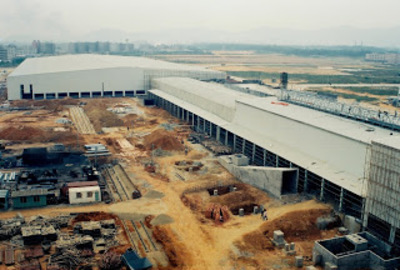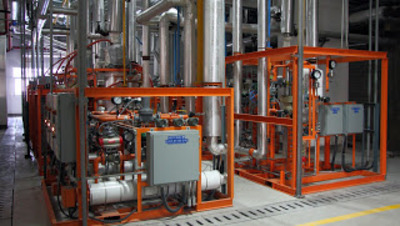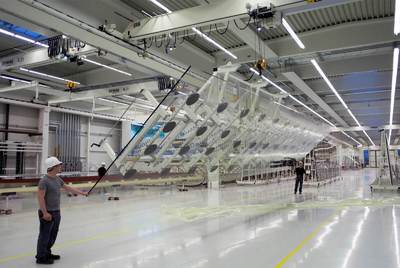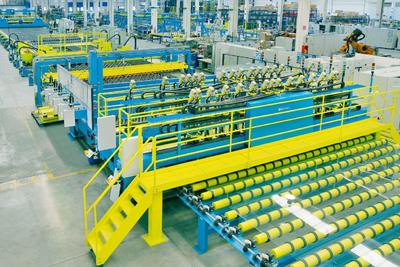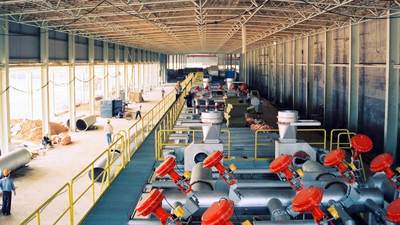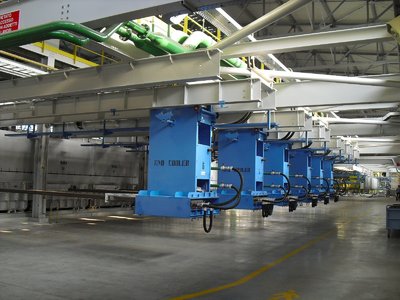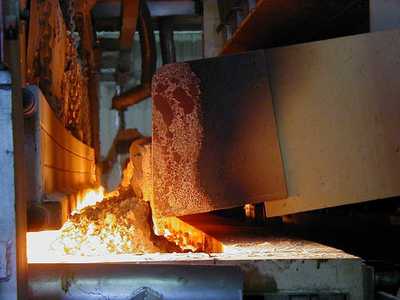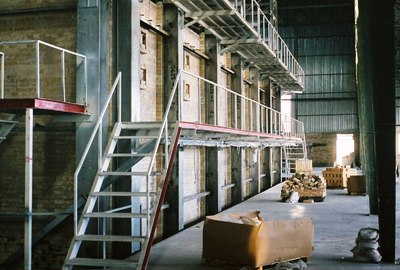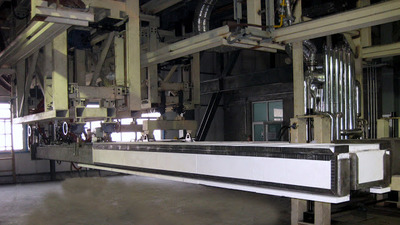History of Glass
How to turn Sand into Glass
The raw material from which glass is made is silica, the most abundant of all the earth's minerals. Milky white in color, it is found in many forms of rock, including granite. And as every beach in the world has been formed by water pounding rocks into tiny particles, sand is the major source of silica.When you examine a handful of sand, any grain that is semitransparent - rather than black, red, yellow or some other definite color - is a grain of silica. Sand also contains other minerals, but silica is the main component because it is hard, insoluble and does not decompose, so it outlasts the others.
Pure silica has such a high melting point that no ordinary fire would convert it into glass. Today, lime and soda are combined with silica to produce soda-lime glass, used for making bottles, window panes, flat glass products, and cheap drinking glasses. When glass cools, its structure does not return to the crystalline structure of silica, which is opaque. Instead, it forms a disordered structure rather like a frozen liquid, which is transparent.
Making window panes, the old way
The technique for making thin, flat window glass was perfected in Normandy, France, in the 14th century. Known as crown glass, each piece was blown by a craftsman. An accomplished glass-blower could make only about a dozen windows in a day, making medieval window glass an expensive luxury.For each pane, the molten glass is blown into a large bubble using a blowpipe. The bubble is then flattened and attached to the end of an iron rod, called a "punty" which is rotated as fast as possible by the craftsman.
The flattened bubble of glass fans out to form a circle 1m to 2m wide, depending on the size of the original bubble and the skill and strength of the craftsman.
The round, flat glass sheets were then cut for use as small window panes, particularly in churches. The "bullseye" at the center of the disc was the least transparent section, but because glass was so expensive, it would have been used anyway.
Read more »


